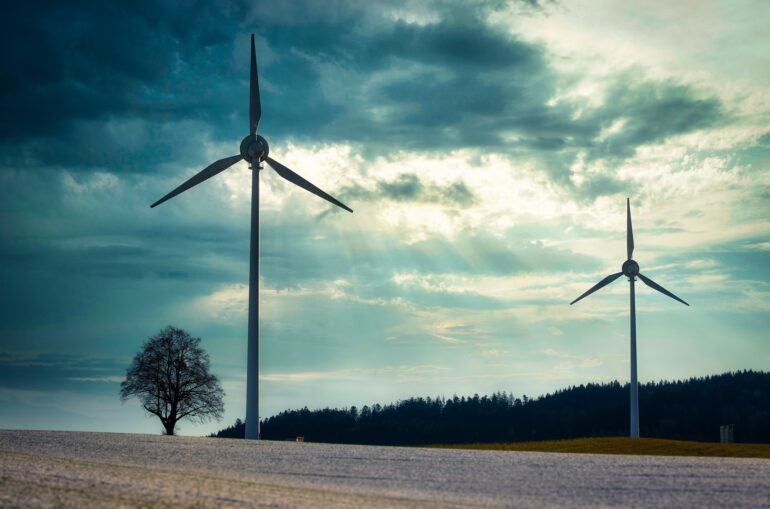TL;DR:
- AI-driven predictive maintenance is transforming the wind energy sector.
- It helps detect potential wind turbine failures before they become critical.
- AI algorithms analyze data from sensors to identify signs of wear or fatigue in turbine components.
- Predictive maintenance reduces downtime, extends the lifespan of turbines, and improves overall efficiency.
- AI optimization enables wind farm operators to maximize energy production and minimize wear and tear.
- Effective maintenance and management strategies are crucial for the growth of the renewable energy sector.
Main AI News:
In the rapidly evolving realm of renewable energy, artificial intelligence (AI) is ushering in a new era of predictive maintenance for wind turbines. This groundbreaking technology is revolutionizing the management and upkeep of wind farms, yielding cost reductions, heightened efficiency, and steadfast advancement of this pivotal source of green energy.
Wind turbines stand as indispensable components within the global drive towards cleaner and more sustainable energy production. As the number of wind farms proliferates worldwide, so too does the necessity for effective maintenance and management strategies. A primary obstacle faced by wind farm operators is the early detection of potential turbine malfunctions, which can culminate in burdensome downtime and exorbitant repairs.
Enter AI-powered predictive maintenance—an unparalleled solution that harnesses the capabilities of artificial intelligence to scrutinize copious amounts of data and pinpoint potential issues before they escalate. By leveraging the prowess of AI, wind farm operators can significantly mitigate the risk of turbine failures, enhance overall efficiency, and ultimately generate an amplified supply of clean energy for the world.
While the concept of predictive maintenance is not novel, the advent of AI technology has propelled it to unparalleled heights. Conventional maintenance approaches typically encompass scheduled inspections and reactive repairs, both of which consume substantial time and incur considerable costs. Conversely, AI-driven predictive maintenance employs advanced algorithms to analyze data derived from sensors strategically positioned throughout the wind turbine. This enables operators to identify nascent issues before they reach critical stages.
A paramount advantage of this methodology lies in its capacity to detect patterns and trends that may signify an impending failure. For instance, AI algorithms can scrutinize data pertaining to temperature, vibration, and other factors to determine whether a specific component exhibits signs of wear or fatigue. Subsequently, this information can be employed to schedule maintenance or repairs, thereby thwarting expensive downtime and elongating the lifespan of the wind turbine.
Furthermore, AI-powered predictive maintenance empowers wind farm operators to optimize their operations. By scrutinizing data pertaining to wind speed, direction, and other factors, AI algorithms aid operators in determining the optimal settings for each turbine, ensuring that they operate at peak efficiency. This not only maximizes energy production but also diminishes wear and tear on the turbines, further mitigating the risk of failure.
As the renewable energy sector continues its upward trajectory, the significance of effective maintenance and management strategies cannot be overstated. AI-driven predictive maintenance proffers an influential solution to the challenges confronted by wind farm operators, thereby ensuring the uninterrupted growth and triumph of this pivotal source of green energy.
Conclusion:
The integration of AI-driven predictive maintenance in the wind energy sector represents a significant shift in the market. By leveraging advanced algorithms and data analysis, wind farm operators can enhance their maintenance strategies, reduce costly downtime, and optimize energy production. This technology is poised to play a crucial role in the future of wind energy, ensuring continued growth and success in the renewable energy market. Investors and stakeholders should take note of the transformative potential of AI-enabled predictive maintenance and consider its implications for long-term business strategies and investments in the renewable energy sector.

